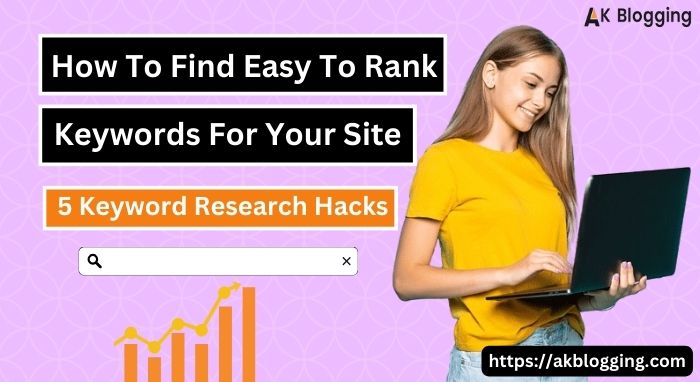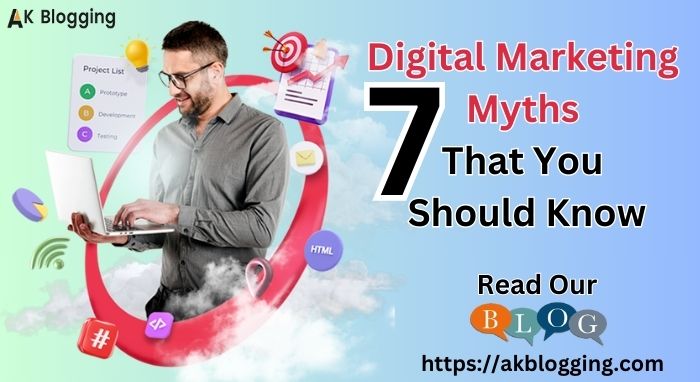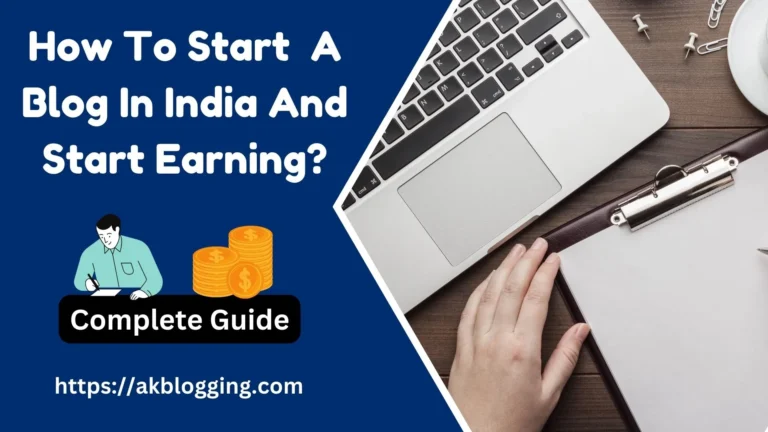Keyword Intent: Complete Guide of Searching Right Keyword

Keyword Intent
Hello guys, welcome to our new blog post “Keyword Intent”. As we know, keywords are important for our site or posts. But what will happen if you choose the wrong keyword, your site will never rank on Google, right. That’s why we bring this content for you so that you have a very well knowledge about which type of keywords you need to choose for your site.
So, without wasting any time let’s dive into the article and understand the keyword intent.
Read Also: How to find easy to rank keywords?
Understanding Keyword Intent For SEO
Keyword intent refers to the motivation and goal behind a search query. When optimizing content for search engines, it’s important to understand keyword intent so you can provide the most relevant information to searchers.
Types of Keyword Intent
There are four types of keyword intent that we describe below, please check them:
Navigational Intent
People searching with navigational intent are looking for a specific website or webpage they already have in mind. For example, someone searches for “Wikipedia” when they want to directly visit the Wikipedia site.
Optimizing for navigational keywords involves ensuring your site architecture makes sense and pages are easy to find. Include your brand name and important pages in title tags and metadata descriptions.
Informational Intent
Informational keywords indicate the searcher wants to find general information or research a broad topic. For example, “What is Google Spam Policy 2024” shows informational intent.
When optimizing content for informational keywords, provide comprehensive information related to the topic in an easy-to-scan format. Include statistics, facts, resources, and actionable steps users can take related to their query. An FAQ format works well for many informational keywords.
Commercial Intent
Commercial keywords suggest the best option to the user like best phones under 15000 Rs. You can also understand this a user want to buy something but not decided to buy. At this time, it is also search the best option so that he can purchase that after sometime.
Transactional Intent
Transactional searches signify the user wants to complete an action, like a purchase. For example, if someone wants to buy a laptop then he will search for “buy laptop online”. And such type of searching comes under transactional intent.
Optimizing for transactional keywords focuses on enabling the desired action. Make sure you have clear calls-to-action, simple site navigation to products/services, trust signals like security badges, and clear information on pricing and transactions.
Tips For Optimizing Keywords by Intent
Here, we give some best tips for optimizing keywords by their intent, please check them.
– Research keyword intent early using tools like Google Keyword Planner, SEMRUSH, and Ahrefs before creating content. Understanding user intent informs content strategy.
– Include semantic keywords related to user intent in titles, headers, URLs, alt text, paragraph, and headings. You can also bold/italicized text to indicate relevancy.
– Optimize page layout, content structure, calls-to-action etc. based on keyword and searcher intent.
– Provide quality content that answers search queries and achieves user goals to drive organic traffic and conversions. Measure success with Google Analytics.
Read Also: How to start a blog easily?
Conclusion
So, if you are reading till the end, it means that you like this post. To get more interesting posts like this, please follow us.
Let me know if you need any clarification or have additional suggestions for the article! I’m happy to refine it further.







